Here's how - step by step to the perfect stockpile

Kira Zabe
November 6, 2021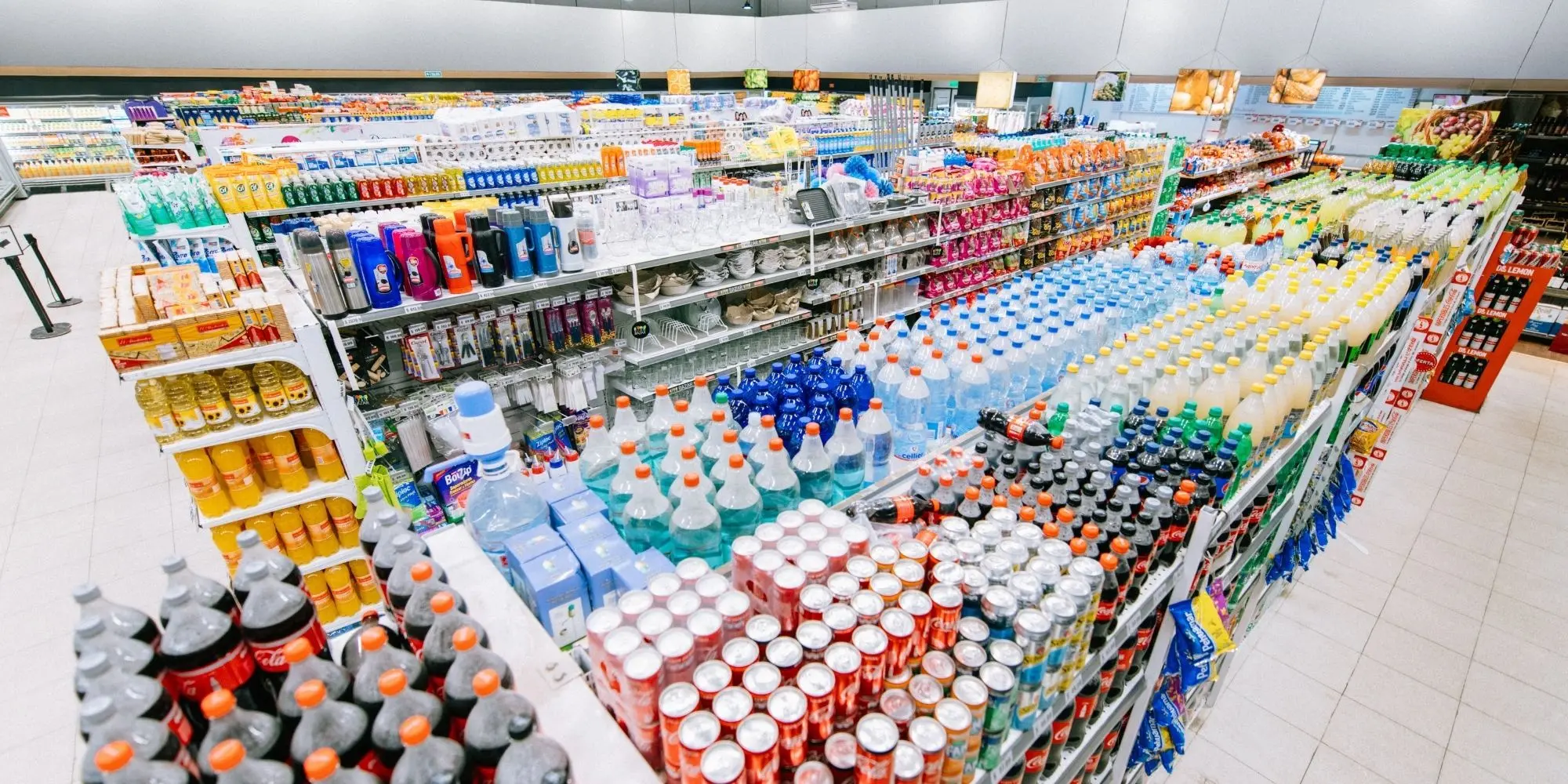
In a previous blog post I discussed pantry storage in small spaces. This is a topic that affects many of us. I hope you were able to take away some useful tips for yourselves.
When one thinks of stockpiling, they surely imagine a cellar full of canned goods and jars of preserves. Perhaps you remember this from your grandparents. Supermarkets and gas stations with their to-go sections have made it easy for us to be supplied around the clock. But I still remember the times when there was 'long Thursday'. That was one day of the week when you could go shopping after 6:00 PM. Otherwise, stores were closed on weekdays by 6:00 PM and on Saturdays even by 1:00 PM. During those times, it was common practice to plan and stock up on meals in advance.
Is stockpiling still socially acceptable?
What has contributed to the fact that stockpiling is now frowned upon and no longer socially acceptable? At our house, we always made a meal plan for the week. This allowed me to look forward to my favorite dishes. Since I've been living alone, I continue to do this just like at home and am always well-prepared for spontaneous visitors. Fortunately, there are still households that stock up like in grandma's times. This is practiced, for example, by larger families and by people who live further away from the hustle and bustle and the constant availability of food.
With today's post, we want to raise awareness and show you how to create a supply that is up-to-date and suits your eating habits. Moreover, it won't immediately burn a hole in your wallet when you start stocking up.
Prepared for the worst-case scenario!
The Federal Office of Civil Protection and Disaster Assistance (BBK) recommends maintaining a permanent supply for 10 days in case of an emergency. It is clear that in our country, we are well taken care of and it is rare that an emergency supply is necessary. However, if we look back, there have been incidents that allow us to relax with a supply tailored to our needs in extreme cases.
When stocking up appropriately, the BBK's list can be helpful to get an initial overview. However, one should pay explicit attention to their eating habits. After all, what good is a can of corned beef if you are a vegetarian? Moreover, one should keep in mind that a supply should not only be useful in everyday life but also practical in extreme cases. For example, dry products like legumes and grains can be stored for a very long time. However, their preparation requires additional water and they have a long soaking or cooking time. In the event of a power outage, this can adversely affect meal preparation.
Your inventory digitally represented on the tablet with our app.
Good planning pays off!
If you want to start stocking up your supplies, good planning pays off. What's always on your meal plan when you go grocery shopping, and what can be easily prepared in an emergency? This consideration ensures that food that is not useful for you doesn't end up in the trash later. Once you have figured this out for yourselves, you can easily use our App to set the minimum stock level for common products, and you'll always be informed when something falls below the minimum stock level. This way, you can start by building a supply that might last for 2-3 days. If that goes well and you still have space, you can increase it to last for additional days.
What should you consider?
When thinking about long-term food storage, canned goods immediately come to mind. Sure, canned food has a long shelf life and is also relatively inexpensive. If you generally don't use canned food often, it shouldn't be the first choice for stockpiling. Moreover, they are not exactly a healthy option, and especially if cans are dented, they should no longer be used.
What should you know about canned food?
- For the sake of your health and the environment, do not use canned food and beverage cans!
- Never heat food directly in a coated can! Due to the heat, more BPA is transferred into the food!
- Cans that are bent or severely dented should be thrown away. Damage to the protective coating can lead to tin and BPA leaching into the food. Additionally, the metal may already be rusted. Therefore, the shelf life is no longer guaranteed.
Are canned goods in the pantry really a healthy alternative
No to canned food, then what?
An alternative to canned goods are preserved foods in jars. Nowadays, there's almost an alternative in glass for everything, and you don't have to compromise on shelf life. Plus, you can see if something has gone bad prematurely.
Bread from the Weck jar - stays fresh and lasts long
Bread in a jar - always fresh and long-lasting
Bread is one of the food items that spoil the fastest. This poses a greater challenge when it comes to food storage. However, if you bake bread in a jar, its shelf life can be extended up to 2 weeks. Moreover, it is a healthy alternative since it does not contain any preservatives that would extend its shelf life. In our next Saturday Blog we will show you how easy it is.
Are you now inspired and ready to get started? That's good. If you haven't used the app yet, download it HERE and digitize your home supplies. Set your minimum stock levels and gradually prepare for your stockpiling.
I wish you lots of fun! Yours, Alice
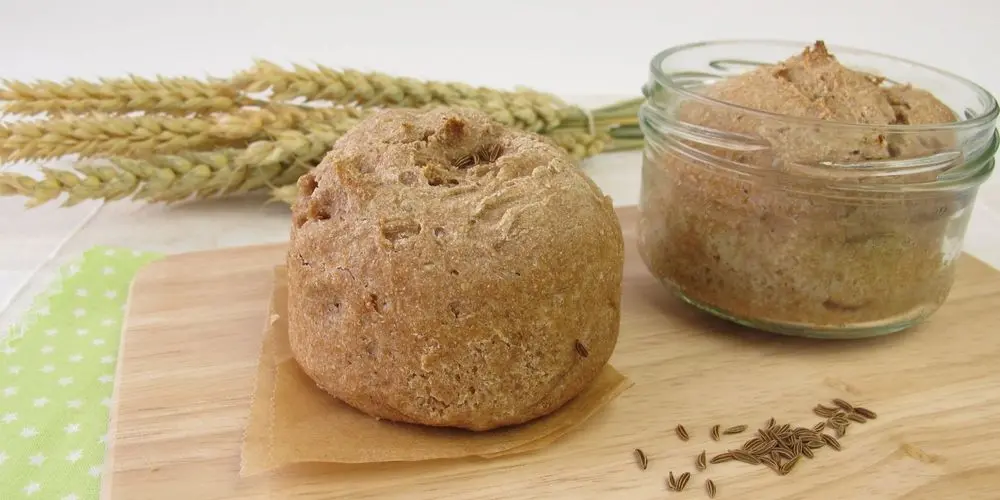
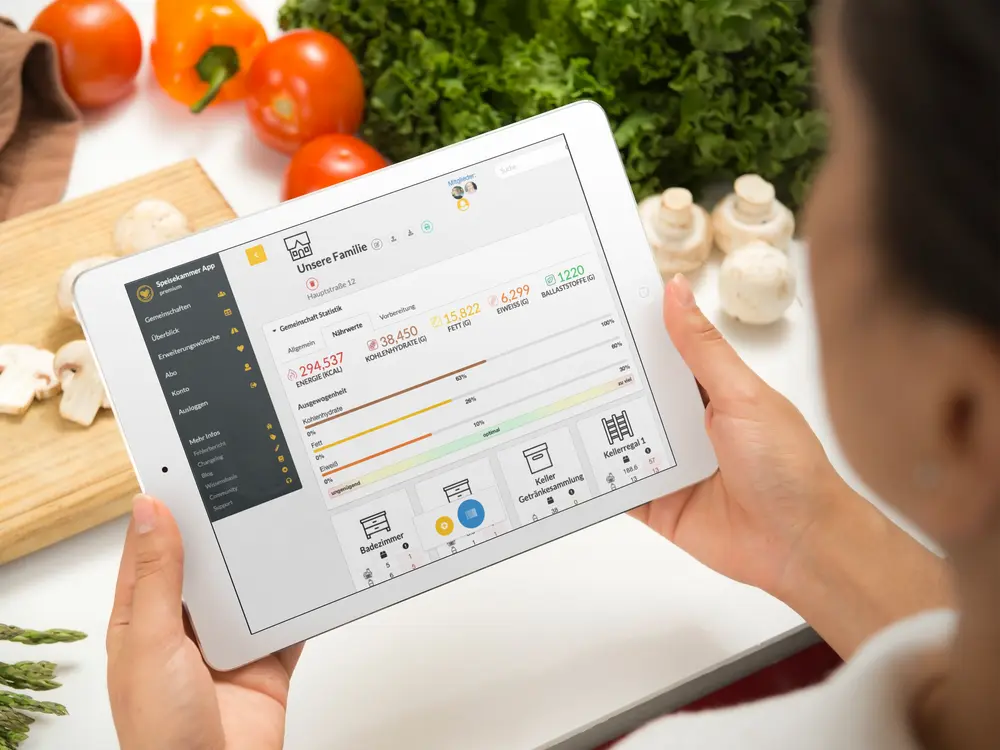
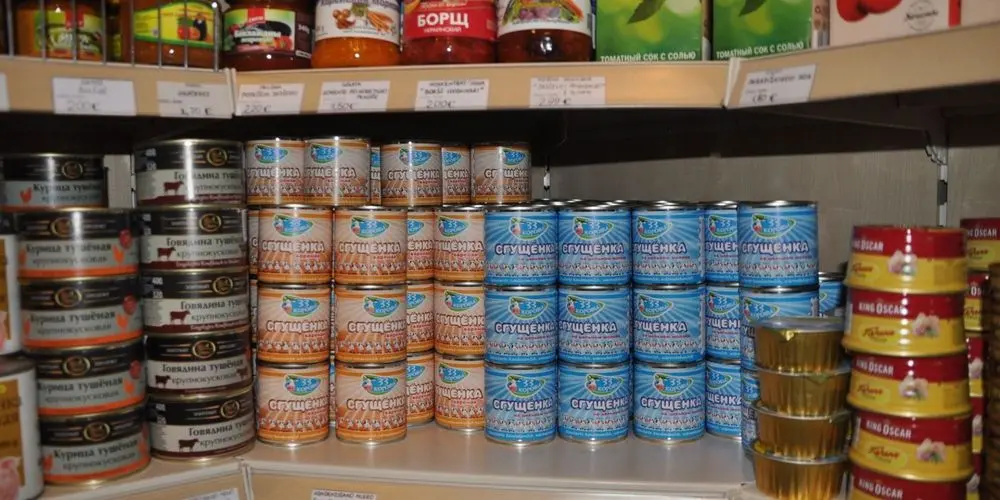
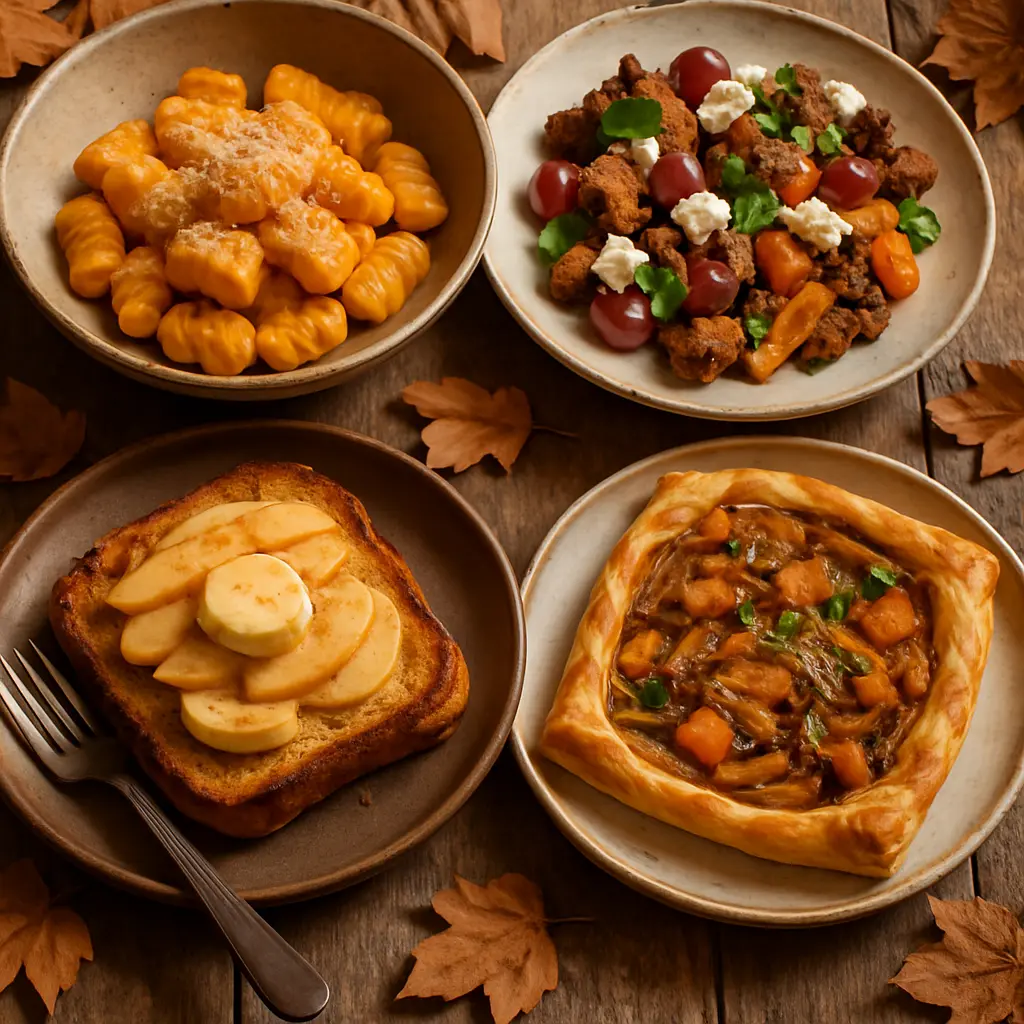
🍂 Cozy Autumn Leftover Cooking – Comfort dishes made from what's available
When the rain taps on the window and the tea cup becomes a permanent guest, the most beautiful kitchen time of the year begins: autumn. And what could be a better match than stylish leftover cooking – dishes that are not only sustainable but also truly exciting.
Autumn leftover cooking means: use instead of waste, but with a touch of sophistication. Here are some more unusual ideas to turn leftovers into small culinary highlights.
🧀 1. Pumpkin Gnocchi from leftover roasted vegetables
Do you have some leftover roasted pumpkin or sweet potato from the day before? Perfect!
Mash the vegetables, mix them with some flour, salt, and grated Parmesan, shape them into small gnocchi, and briefly cook them in salted water until they float to the surface. Then toss them in sage butter and top with chopped walnuts.
→ Tastes like Italy, looks like fine dining – and it's all made from leftovers!
🥖 2. Rustic bread salad with grapes and goat cheese
Tear stale bread into pieces, toast in olive oil until golden brown.
Add a few grapes (wrinkled ones are especially sweet), arugula or lamb's lettuce, crumbled goat cheese, and roasted hazelnuts. Mix with a dressing of balsamic vinegar, honey, and mustard.
→ A fall twist on the classic Panzanella – sweet, salty, crunchy, perfect!
🧅 3. French onion tart with leftover vegetables and puff pastry
Got some leftover puff pastry in the fridge? Make a tart out of it!
Caramelize onions in butter, add some leftover vegetables (e.g., leeks, mushrooms, or spinach). Spread on the pastry, top with a dollop of sour cream or cream cheese, and bake until golden brown.
→ Wonderfully aromatic, especially with thyme or rosemary.
🍎 4. Apple Sourdough French Toast with Vanilla Rum Butter
A piece of stale sourdough bread is soaked in a mixture of milk, egg, vanilla, and a dash of rum, fried in a pan, and served with fried apple slices and a rum butter.
→ Luxurious, yet made entirely from leftovers – perfect for a Sunday breakfast in pajamas.
🥬 5. Risotto made from leftover vegetables with lemon and herb oil
Chop the vegetable scraps finely and cook with a handful of rice into a creamy risotto.
A dash of lemon juice and some leftover herbs (parsley, basil, arugula) blended with oil make a fresh herb oil as a topping.
→ The acidity of the lemon beautifully enhances the earthy autumnal notes.
☕️ Bonus Tip: Using leftovers in a dessert glass
A few spoons of leftover compote?
Some leftover cake or cookies?
Layer it all with yogurt or mascarpone in a glass – and you have an autumnal "trifle" that looks like it came straight from a café in Copenhagen.
🍁 Conclusion
Autumnal leftover cooking is not a last resort, but a playground for creativity. When you look at ingredients with open eyes – not as leftovers, but as opportunities – small, exquisite dishes full of soul and flavor emerge.
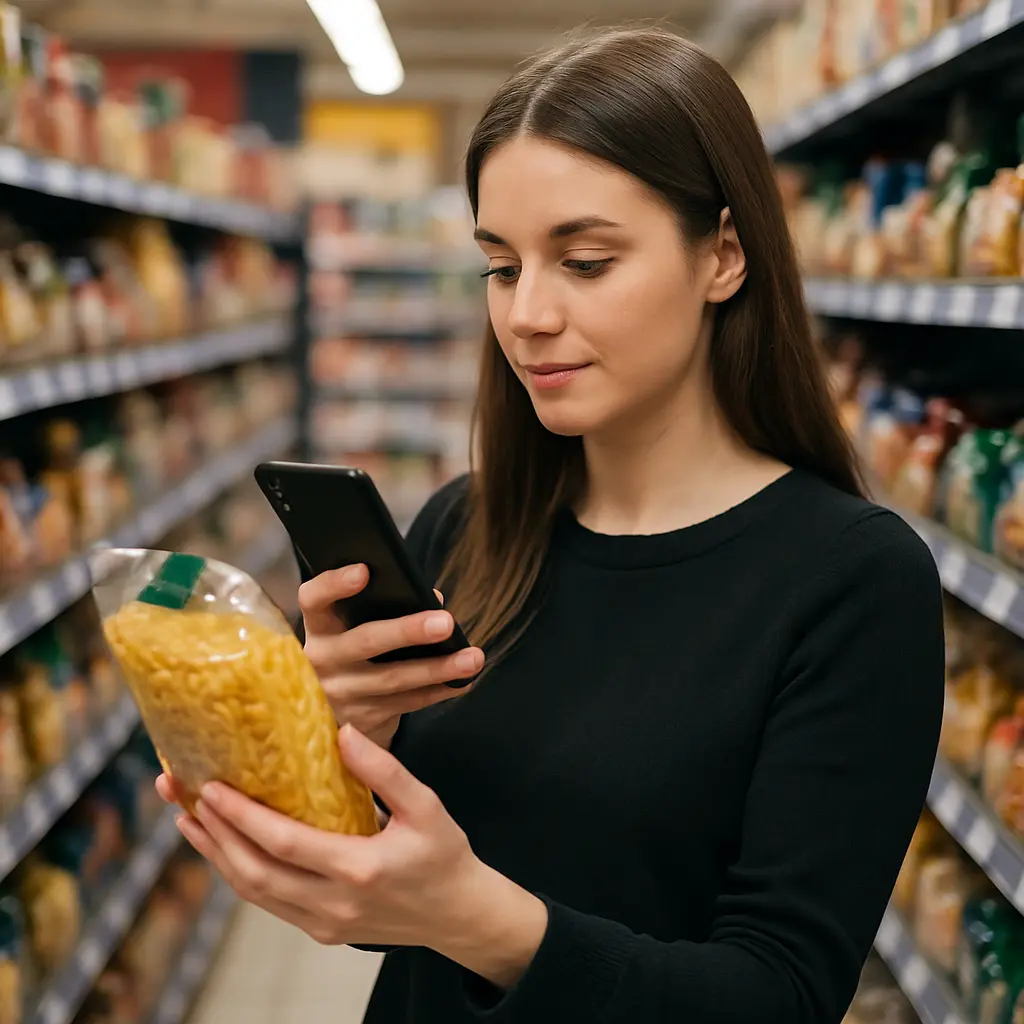
Why we never stop refining Smantry ✨
At Smantry, we don't believe in 'finished'.
An app that is meant to accompany people in their daily lives is never complete – it grows, changes, and evolves. Just like the people who use it. 💛
We regularly pay attention to every detail:
How does a click feel? Is the path to a function clear enough? Does the idea behind a new view come across intuitively?
Sometimes it's just tiny things that make the difference – a better-placed button, a simplified overview, or a sentence that suddenly becomes clearer.
What drives us is the idea that Smantry should feel easy, familiar, and meaningful.
We want you to open the app and feel: "Ah, this is exactly how it should work."
Of course, not everything always goes perfectly. But that's exactly the point: We take the time to listen, to observe, to reconsider. Every piece of feedback, every use case, every new idea helps us to understand a little better what really matters.
Smantry is not a rigid product for us – it's a living process. A collaborative project that grows step by step.
And every update, every small improvement is a sign that we are on the right track:
A path to an app that doesn't feel like technology, but like support.
Towards a daily life that becomes simpler. Towards clarity, structure – and maybe even a bit of ease. 🌿
We're staying on it.
Because we are convinced that good things take time – and that it's worth creating them with heart.
Your
Smantry-Team
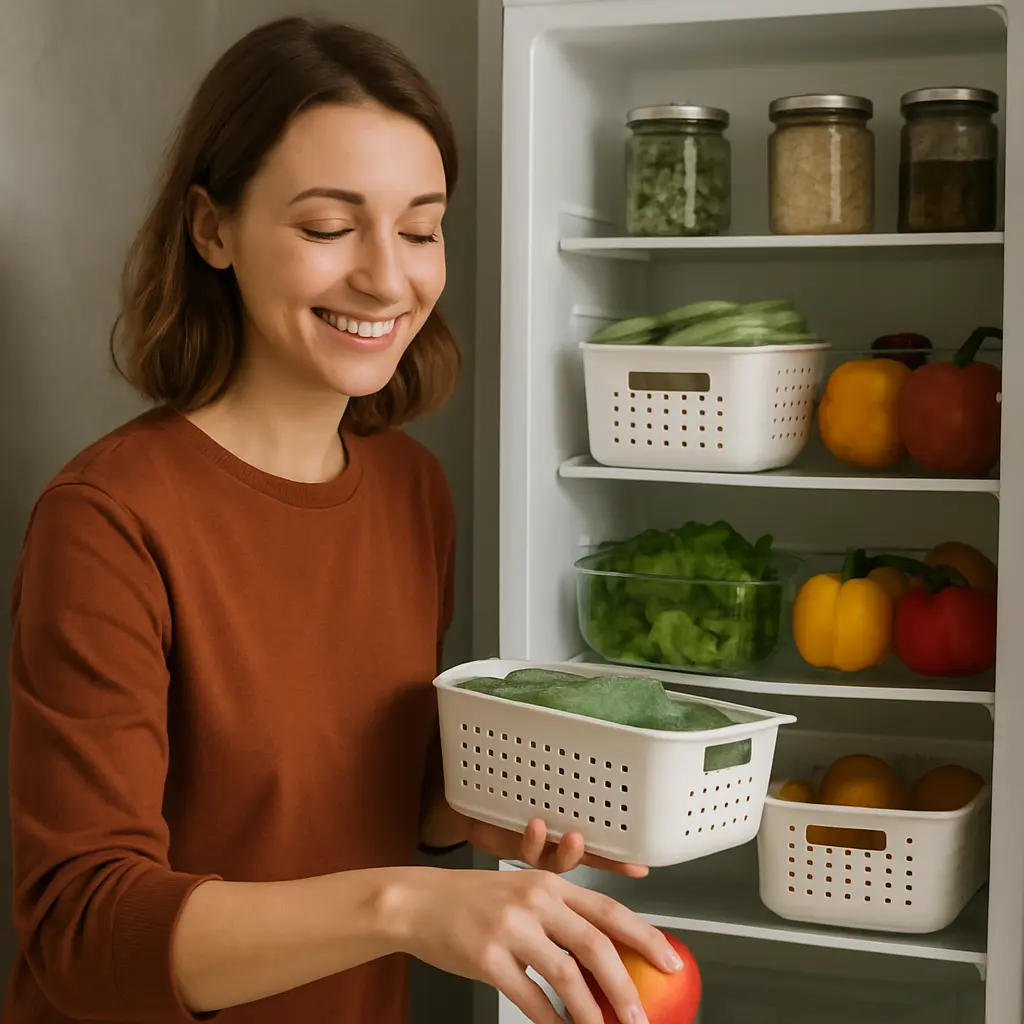
🌱 Staying on track made easy: How to stay motivated to create order and avoid food waste
We all know it: Initially, the motivation is high! You finally want to get your kitchen organized, keep an eye on your supplies, and shop more consciously. But after a few weeks, everyday life creeps back in – and the good resolutions start to falter.
With Smantry we want to support you not only in getting started, but also in sticking with it in the long term. 💪✨
1. Be aware of why you are doing this
Order and sustainability are not short-term trends – they grant you freedom, time, and a good feeling. If you know why you want to keep your supplies in check or throw away less food, it becomes much easier to stay consistent.
👉 Tip: Write down your 'why' in the app note or as a reminder.
2. Set small, achievable goals
Nobody becomes an organizing pro overnight. Start small:
- Today I'm just organizing the spice rack.
- Check the fridge this week.
- On your next shopping trip, purposefully buy only what you really need.
Small steps lead to success – and success motivates!
3. Make it easy for yourself – with smart helpers
Smantry automatically reminds you of expiring products, helps you keep track of your inventory, and assists you with shopping. This way, you have to think less and can enjoy more.
👉 The less effort required, the easier it is to stick with it!
4. Celebrate your progress 🎉
Creating order or avoiding waste is a process, not a sprint. Regularly review what you have already accomplished – you may already see that you need to throw away less or that your supply is finally manageable. That's great!
5. Make it part of your routine
Schedule fixed 'Smantry moments': for example, briefly check the inventory on Sundays or update the shopping list before going shopping. Routines provide structure and make sustainable actions a matter of course.
💚 Conclusion:
Motivation is not a perpetual flame – but with the right tools and habits, you can reignite it time and again.
With Smantry, you have a smart companion by your side that helps you stay organized, consume more consciously, and incidentally do something good for yourself and the environment.
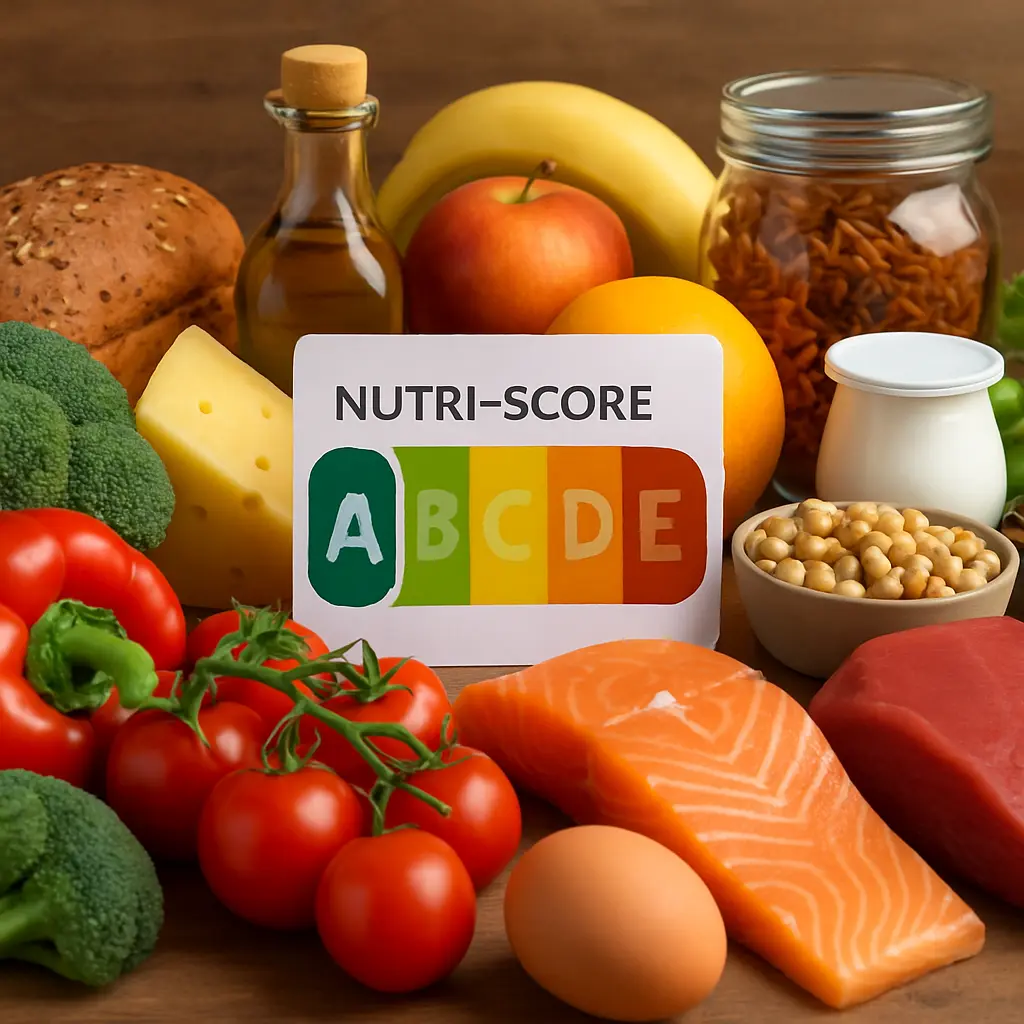
More clarity when shopping: How Open Food Facts and the Smantry app make nutrition transparent
Many foods look healthy at first glance – but what's really inside them? Are the nutritional values balanced? How processed is a product? And what impact does it have on our environment?
This is exactly where the Smantry-App comes in: It uses the globally open database Open Food Facts, to give you immediate clarity when scanning your items. But what's actually behind the colorful labels like Nutri-Score, NOVA or Eco-Score, that you encounter in the app?
Let's take a closer look at the background.
Open Food Facts: From the Idea to a Global Database
The journey began in 2012 with the founding of Open Food Facts – a non-profit organization that collects, analyzes, and makes food information freely accessible worldwide. The goal from the beginning was to provide consumers with scientifically substantiated information.
What started as a small project has now become a global platform with millions of products. And it is precisely this data that the Smantry-App uses to give you a clear overview directly on your smartphone.
An overview of the most important scores
1. Nutri-Score – how healthy is my product?
Since 2016, the Nutri-Score has been legally established in France – and it has quickly spread throughout Europe.
- A (green) means: very balanced.
- E (red) means: unbalanced, enjoy in moderation.
The rating is based on calories, sugar, salt, saturated fats – but also on positive factors such as fiber, protein, and the proportion of vegetables.
👉 So in the Smantry app, you can see at a glance whether a food item fits into your everyday life – or perhaps should be on the table less often.
2. NOVA-Score – how processed is it?
Not only the ingredients, but also the degree of processing plays a significant role for health. This is exactly what the NOVA-Score (integrated into Open Food Facts since 2018) shows you:
- 1 = unprocessed or minimally processed (e.g., fresh fruit, plain yogurt)
- 2 = ingredients such as vegetable oils, sugar, flour
- 3 = processed foods (e.g., bread, cheese, canned goods)
- 4 = highly processed products ("Ultra-Processed Food"), often with additives, flavors, and industrial processes
👉 With the Smantry app, you can instantly tell if a product is still 'close to nature' – or if it falls into the category of being highly processed.
3. Eco-Score (soon to be Green-Score) – how sustainable is my shopping?
Since 2019, Open Food Facts also includes an environmental assessment: the Eco-Score. It takes into account, among other things:
- CO₂ emissions from production and transportation,
- Packaging and recyclability,
- Origin and seasonal factors.
The rating is – similar to the Nutri-Score – from A (very eco-friendly) to E (less sustainable).
By 2025, this will become the Green-Score, which will take into account even more detailed data and thus provide you with even better guidance for sustainable consumption.
👉 For you in the Smantry app, this means: You can see not only whether a food is healthy for you, but also whether it is good for our planet.
What this means for you as a Smantry user
Currently, you can scan your products in the Smantry-App and view many details. The scores themselves are not yet integrated – but the integration is planned.
This means: Soon you will be able to see not only the nutritional values of a product but also how healthy, processed, or sustainable it is – all directly in your app.
Conclusion: Your Smart Nutrition Compass
The colorful labels are much more than pretty symbols. They are your quick compass in everyday life – whether you want to shop with health consciousness, reduce highly processed products, or pay attention to the environment.
With the Smantry-App you already have strong support for more transparency while shopping. And with the planned integration of the scores, it will become even more valuable – your smart nutritional compass for the future.
